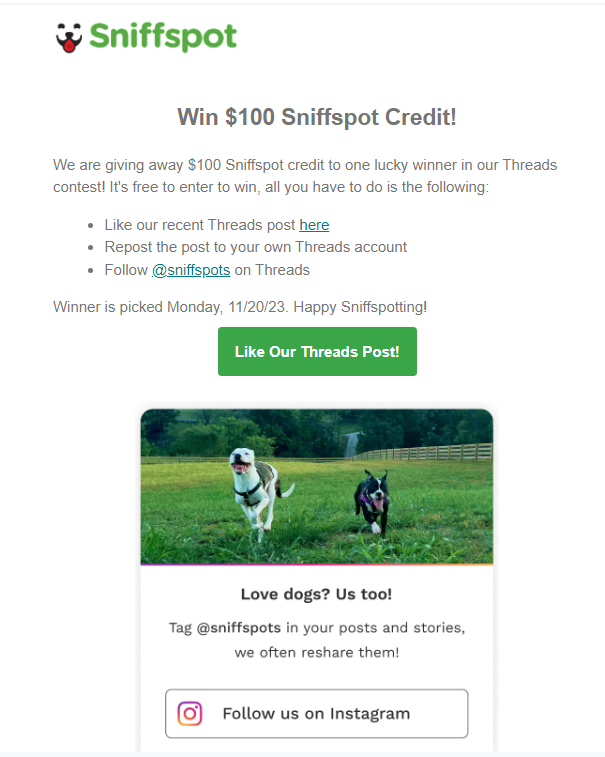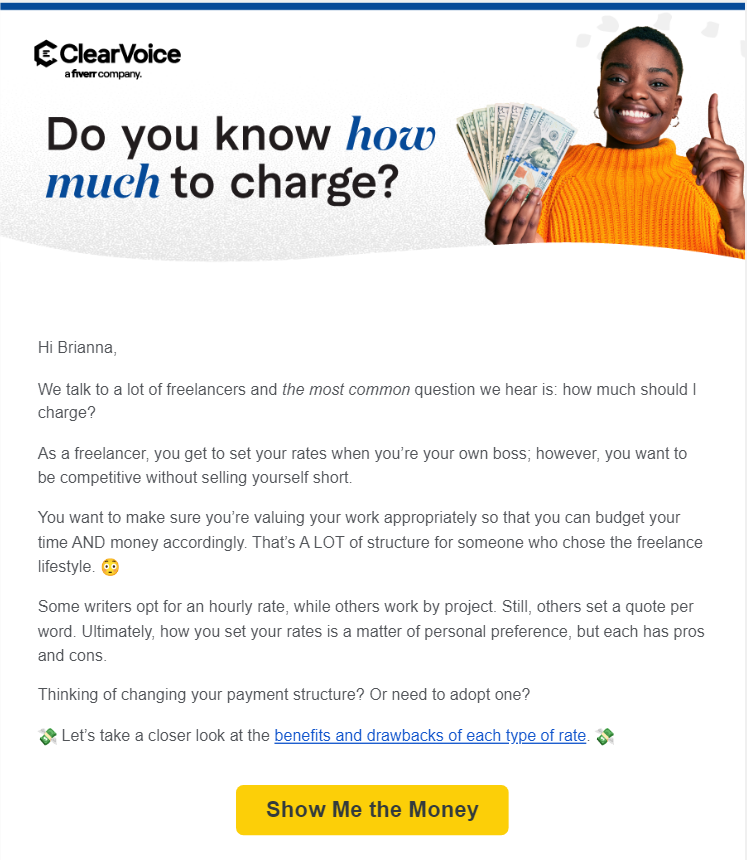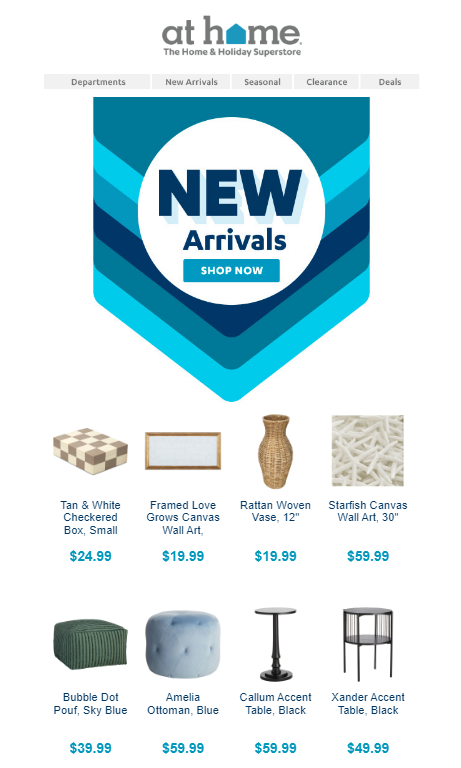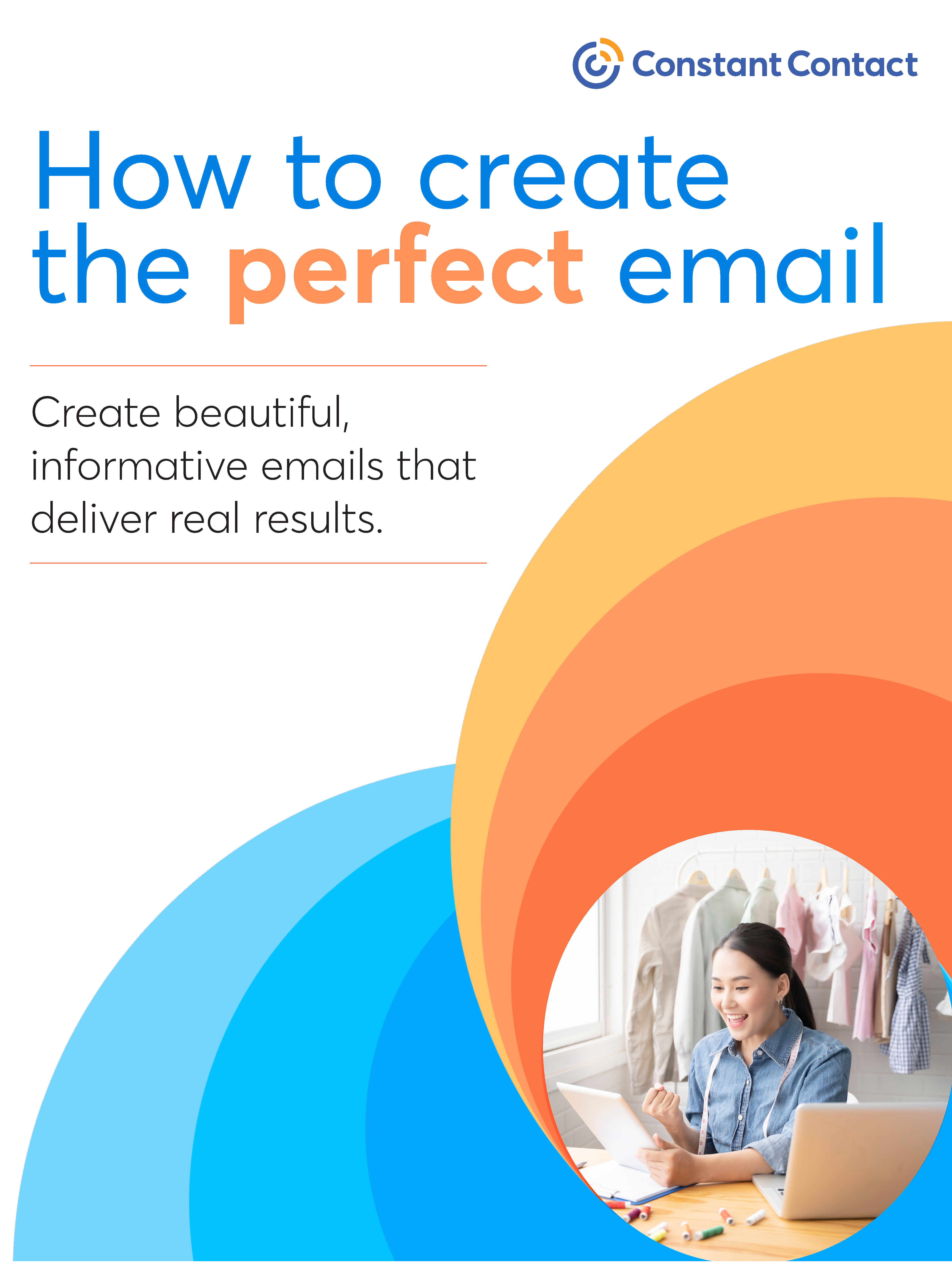
I admit it: I’m an indecisive customer. Pulling the trigger on a major purchase often takes me weeks or months. I might agonize over whether I need a new laptop (I definitely do) or wonder if I can trust an unfamiliar brand. And nothing scares me away faster than an aggressive sales pitch.
My experiences aren’t unusual. In today’s advertisement-saturated world, knowing which brands are the real deal can be tricky. However, business owners can use many digital marketing strategies to build trust with potential customers. Email lead nurturing is one of the most effective and memorable ways to make an impact.
An email nurture sequence uses personalized messages to strengthen your relationship with clients. You can send welcome emails, discounts, educational content, and more. The goal is simple: to keep leads interested and eventually convince them to make a sale.
This guide explores the benefits of nurture emails and best practices. We’ll also cover common challenges and strategies to help you get started.
Understanding lead nurturing emails
A lead nurturing campaign uses regular communication to engage potential customers. This process often involves a sequence of automated and personalized emails. These messages contain educational and entertaining content tailored to the individual lead.
Email nurturing is a slow process that occurs over an extended period. A potential customer may not buy anything until they’ve received emails for a few weeks or months. And that’s okay. Nurture emails aim to build long-term, sustainable relationships with clients. They’re about winning over leads gradually, not making a quick, one-time sale.
The advantages of lead nurturing
Lead nurturing has many benefits, especially for business-to-business (B2B) and e-commerce companies. This approach:
- Builds trust and rapport with potential clients
- Helps you build a community of loyal followers
- Increases engagement
- Gives leads relevant and valuable content
- Boosts conversion rates and sales
Nurture emails are also more affordable and less time-consuming than traditional marketing methods. You can send personalized emails to dozens of leads in an hour. That’s the same time it would take you to connect with one or two customers by phone or in person.
Developing a nurture email strategy
An email nurture campaign involves sending a sequence of engaging messages to leads. This strategy focuses on personalization and relationship-building, and while it may sound like a lot of work, starting your first email marketing campaign is actually quite simple.
Start by setting specific and measurable goals for your nurture campaign. Think about the result that you want to achieve with your emails.
Possible goals include:
- Driving more traffic to your website
- Increasing your sales by 10%
- Improving customer retention rates
- Increasing click-through rates by 15%
Once you’ve established goals, work backward to create a sequence of emails that will help you reach them. Consider your target demographic and the type of content they find most engaging.
Suppose your company sells women’s clothing. Teenage girls may enjoy watching educational videos about the latest fashion trends. Their mothers might prefer to get tips about how to style their clothes for the workplace.
Develop a series of emails that meet your customers’ needs while aligning with your goals. If you want to increase engagement with teens, your sequence might look like this:
- A welcome email with a 20% off coupon
- A video about the season’s latest fashion trends
- An invitation to follow your brand on social media
- A personalized fashion quiz that gives product recommendations
- A thank you email after the client makes their first purchase
The best nurture campaigns give customers several ways to interact with your brand, which can increase trust and loyalty.
Email nurture campaign best practices
Like any form of communication, email has specific etiquette and norms. Set yourself up for success by following these email marketing best practices.
Provide valuable and expert content
No one wants an inbox filled with random or boring emails. Focus on creating meaningful content that improves your followers’ lives. For instance, you can suggest solutions to common challenges and educate them about your industry. This approach will make every email feel like a gift instead of an annoyance.
Keep emails focused and to the point
People spend an average of 10 seconds reading brand emails. That’s why keeping your nurture emails short and sweet is essential. Aim for 200 words or 20 lines of text per email for the best conversion rates.
Personalize the experience
Your clients have unique interests and needs. Make an impression by sending them emails that reflect this individuality. You can use surveys, web tracking, and other tools to gather data about your subscribers. This information lets you create personalized messages tailored to their preferences.
You can also create emails that get triggered by specific actions. For example, you can send clients a survey email after they buy a product. It’s also helpful to send follow-up emails to potential customers who abandon their virtual shopping carts. These simple messages can positively impact your relationships.
Use subject lines and CTAs effectively
Your email subject lines should hook readers and make them curious to read the rest of your message. Keep these lines concise and action-oriented. Examples of strong subject lines include “Join us for a paw-tastic holiday party!” and “3 gift ideas for your Valentine’s date.”
It’s also essential to create powerful calls to action (CTAs). Otherwise, your readers won’t engage with your brand beyond skimming your emails. Like the subject lines, keep your CTAs short and give specific directions. Effective CTAs include “Schedule a free demonstration” and Learn “more.”
Keep your brand messaging consistent
Nurture emails spotlight your brand’s unique personality and values. Be sure to use the same tone, logos, and other brand elements in all your communications. You may find creating a brand style guide helpful so that your entire marketing team can strike the right tone.
Find the right pace for your email nurturing campaign
It’s easy to get swept up in the excitement of email nurturing, but you don’t want to flood your leads’ inboxes. Create a schedule so you send emails at a steady but not overwhelming pace.
This frequency can vary by your audience’s preferences and stage in the buyer’s journey. You may send more frequent emails to new leads to spark interest. Meanwhile, established customers may only need sporadic messages to stay engaged.
Read: The Best Time to Send a Marketing Email: A Complete Guide
Writing effective nurture emails
New subscribers often click the unsubscribe button if your content doesn’t resonate. You may only have one or two chances to engage them with your nurture emails. That’s why it’s vital to structure these messages for impact.
There’s no one-size-fits-all approach to writing nurture emails. But effective emails have these basic components:
- A snappy subject line
- A personalized greeting
- Content centered on a single topic
- A CTA
- An unsubscribe button
Nurturing emails also typically share knowledge with subscribers. You can include how-to guides, industry news, and other educational content. These materials establish your authority and give valuable insights to leads.
Your message should also address a pain point for your audience. Consider how you can help them solve a challenge or answer a question. For example, a fitness company could share nutrition advice and workout tutorials. If you sell budgeting software, your nurture emails may include educational content about taxes.
Finally, highlight your credibility by including social proof in your nurture emails. You could share client testimonials, user-generated content, and product reviews. This content builds confidence in your brand and helps leads picture how they could use your services.
Measuring the success of an email nurture campaign
Collecting metrics lets you analyze how your lead-nurturing emails perform. You can use this information to measure your campaign’s return on investment (ROI). This data also helps you improve your nurture emails over time.
These email marketing metrics can provide insights into your campaign’s performance:
- Click rate: The percentage of users who click a link to your website
- Clicks: The number of hyperlinks users click in your emails
- Conversion rate: The percentage of users who perform a specific action
- Unsubscribe rate: The percentage of users who remove themselves from your mailing list
Your goals can help you determine which metrics to focus on. If you want to improve sales, watch the conversion rate. If you aim to increase engagement, track clicks and the unsubscribe rate.
Types of nurture emails
Marketers can use many types of emails to nurture leads toward the sale. Here are three lead nurturing email examples from different industries.
1. Giveaway email
Sniffspot lets dog owners rent private property to exercise their dogs. The company sent a nurture email announcing a giveaway for a $100 credit. The email also encourages the reader to follow the company on Instagram.

2. Educational content
ClearVoice sent freelance writers a nurture email with tips about setting competitive rates. The email includes a few paragraphs to introduce the topic and a CTA readers can click to view the full article.

3. Product recommendation
The home decor chain At Home sent a nurture email announcing new arrivals. The email also includes personalized product recommendations.

Email marketing automation and customer journeys
Email nurturing lets you engage leads at different stages of the buyer journey. Welcome emails can introduce your brand to leads in the awareness stage. Customers in the consideration phase may get swayed by product demonstrations and reviews.
Automation tools make it easy to personalize and scale nurture campaigns. You can use this technology to create a series of emails triggered by specific events.
You can also add dynamic content blocks that change based on the recipient’s preferences. These tools improve efficiency without sacrificing quality.
Advanced tactics in nurture emails
Technological advancements can take your nurture campaigns to the next level. Constant Contact’s AI content generator creates subject lines, CTAs, and other text. Use this tool to make your emails as engaging as possible. You can also use email automation tools to send personalized emails.
Additionally, you may try more advanced lead nurturing techniques as your campaign matures. For instance, lead scoring lets you rank potential customers by engagement level. This information lets you focus on the leads most likely to convert to paying customers.
You can also expand your lead nurturing efforts to include social media marketing.
Potential challenges and solutions
Even the most savvy marketers can run into pitfalls while developing nurture campaigns. Content creation challenges are one common obstacle. You may need more ideas or feel like your emails have gotten stale. AI content generation tools can help you brainstorm fresh topics.
Some businesses struggle to segment their audiences. This can lead to some subscribers getting irrelevant emails. Overcome this issue by collecting more customer data. This information lets you segment users and send them tailored content.
Finally, nurture emails may get caught in spam filters. Enhance deliverability by avoiding spammy language and optimizing your emails for mobile devices.
Complementary guides and resources
Constant Contact offers hundreds of stylish templates you can use to create nurture email campaigns in your brand style. These templates make your campaigns look more professional and save you time.
Forbes and Business News Daily also offer guides to help you develop an effective lead-nurturing strategy. Use these resources to expand your knowledge and learn new techniques.
Build stronger relationships with nurture email campaigns
Nurture emails let you develop more meaningful connections with leads. These campaigns are a courtship of sorts. The goal is to win over potential customers so they want to stick with your brand for the long haul.
There are many kinds of nurturing emails. Some businesses focus on sharing educational content like how-to guides and instructional videos. Others dazzle prospective clients with case studies and testimonials. Don’t be afraid to experiment with different types of content to find out what performs best.
You don’t have to launch a full email nurturing campaign right away. Start by segmenting your leads and sending one group a nurture email addressing a pain point. After that, you can continue to grow your nurture campaign — and your relationship with clients.





